Ionosphere and radio wave propagation
History of discovery.
1901, the city of St. Johns. Guglielmo Marconi publicly announced that he had managed to receive a radio signal the source of which was in the county of Cairnwell, England, using a 152-meter antenna. It was the first officially recorded case of a successfully received transatlantic signal. Back then the statement was hard to believe therefore it was refused. After all, the Earth, due to its spherical shape, would not have given the signal to cross the Pacific Ocean. However the following year with the same equipment that Marconi used it was possible to successfully receive other transantlantic transmissions.
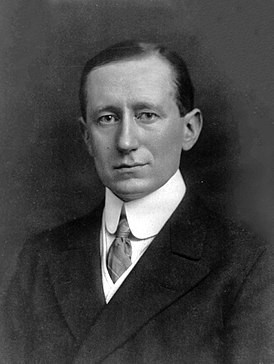
Guillelmo Marconi (1874 — 1937)
In 1902, Oliver Heaviside proposed a hypothesis according to which radio waves propagate around the surface of the planet despite its curvature due to a layer in the atmosphere reflecting the signal. Independently of him, Arthur Kennelly conducted experiments on receiving short-range waves across the Atlantic. They assumed that the Earth is surrounded by an ionized layer of the atmosphere and that it works as a kind of reflector. It was originally called the Heaviside—Kennelly layer.
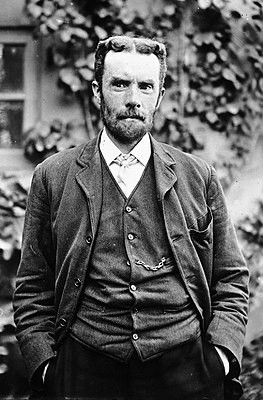
Oliver Heaviside (1850 — 1925)
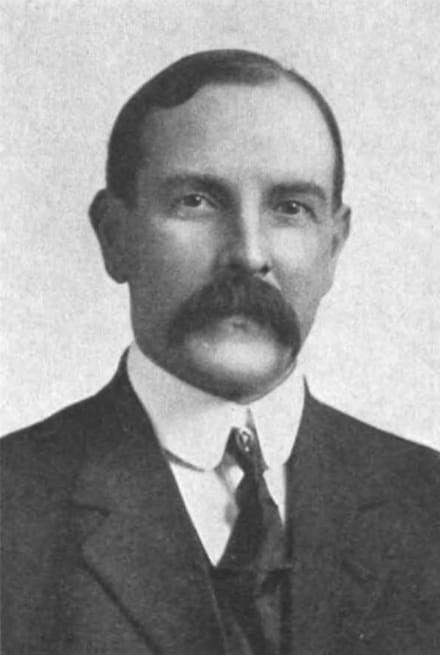
Arthur Edwin Kennelly (1861 — 1939)
In the 1920s, the societ scientist M. V. Shuleikin discovered that this layer should have at least 2 areas with a high concentration of charged particles: at an altitude of about 100 and 200 meters. and rather resemble not a flat sphere around the planet, but a cluster of clouds of ionized gas, some of which can be largely released. As a result of the reflection of the signal from such formations, it can concentrate (amplify) or disperse. In the future, other scientists based on his work have identified regions of concentration of charged particles depending on altitude.
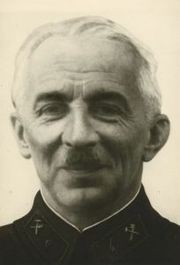
M. V. Shuleikin (1884 — 1939)
In 1926, the famous scottish physicist Robert Watson-Watt introduced the term "ionosphere" in a letter that the journal Nature published only in 1969:
"Recently, terms for describing the layers of the atmosphere, such as "stratosphere" and "troposphere" are increasingly entering the lexicon scientific community… The term ‘ionosphere’, referring to the region of the atmosphere with high ionization and long free runs of charged particles, seems to fit well into this series."
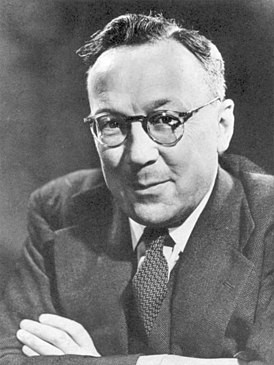
Robert Watson-Watt (1892 — 1973)
However, the layers of the ionosphere are located inside the upper layers of the atmosphere, so nowadays the ionosphere is not isolated as a separate atmospheric layer by the type of troposphere and stratosphere, and therefore you will not find it on diagrams by the type of this:
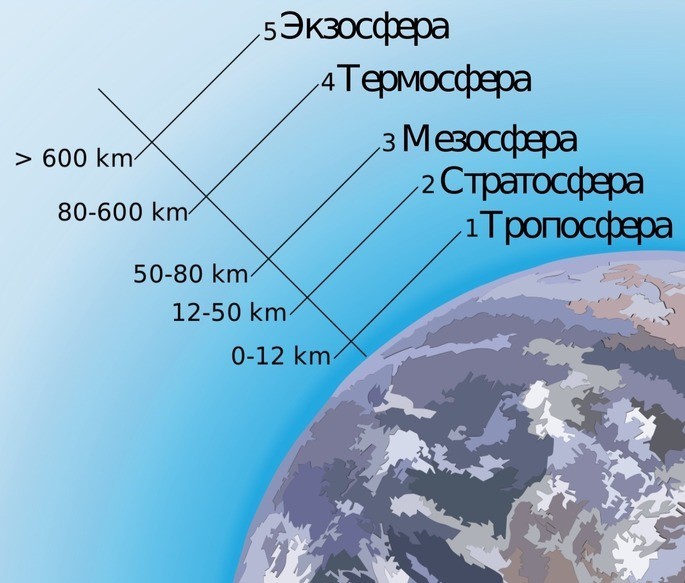
Another "most original" name for the ionosphere was given in 1927 by Edward W. Appleton — "Appleton layer". Jokes aside he studied the upper layers of the atmosphere and was the first to be able to really confirm its existence. By the way, he was awarded the Nobel Prize in 1947 for his services in this field.
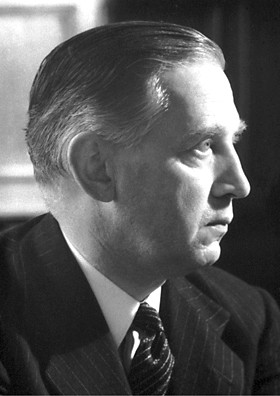
Eduard Victor Appleton (1892 — 1965)
How is the ionosphere formed and what processes take place in it?
Inside the upper layers of the atmosphere, under the influence of cosmic and solar radiation, there is a constant ionization of particles, during which neutrally charged particles, roughly speaking, lose electrons and they become charged particles – ions. Ions and free electrons behave differently compared to ordinary neutral particles, to be more precise, the layers of their clusters have conductive properties, therefore they have a direct effect on spatial radio waves of various ranges.
The main ionization factors are: the course of the day, the time of year, the phases of activity of the solar cycle, solar flares, the Earth's geomagnetic field and magnetic storms in it.
Usually, the lower layers of the atmosphere are not ionized in this way, since most of the solar radiation does not penetrate to them and is mainly blocked by the upper layers of the atmosphere and the ozone layer.
The ionosphere is not immutable and dynamic, as it is subjected to various formative factors, up to the complete disappearance of some of its layers due to recombination — the reverse process when free electrons and ions become neutral particles again. It occurs constantly, but under the influence of solar radiation cannot completely outweigh ionization.
Ionospheric regions
There are 3 regions:
Layer D, located at an altitude of approximately 70-80 km. It is a “diffuser" for some ranges of radio waves and prevents their propagation. This layer is characterized by a strong decrease in ionization at night, so strong that it usually disappears completely at this time of day.
Layer E, located at an altitude of about 100-120 km, is divided into a regular layer E and, almost always observed, an irregular, sporadic layer E(s), characterized by a particularly high concentration of electrons in a relatively small region (only 0.5-1 km). At night, it weakens to some extent, but unlike layer D, it does not completely disappear.
Layer F is called the entire ionosphere above 150 km and up to 500-1000 km (Different sources write different numbers). Due to the fact that the highest concentration of ions and electrons is concentrated at about 250-500 km, this area is divided into sublayers F1 (with a lower concentration of particles) and F2 (with greater particle ionization).
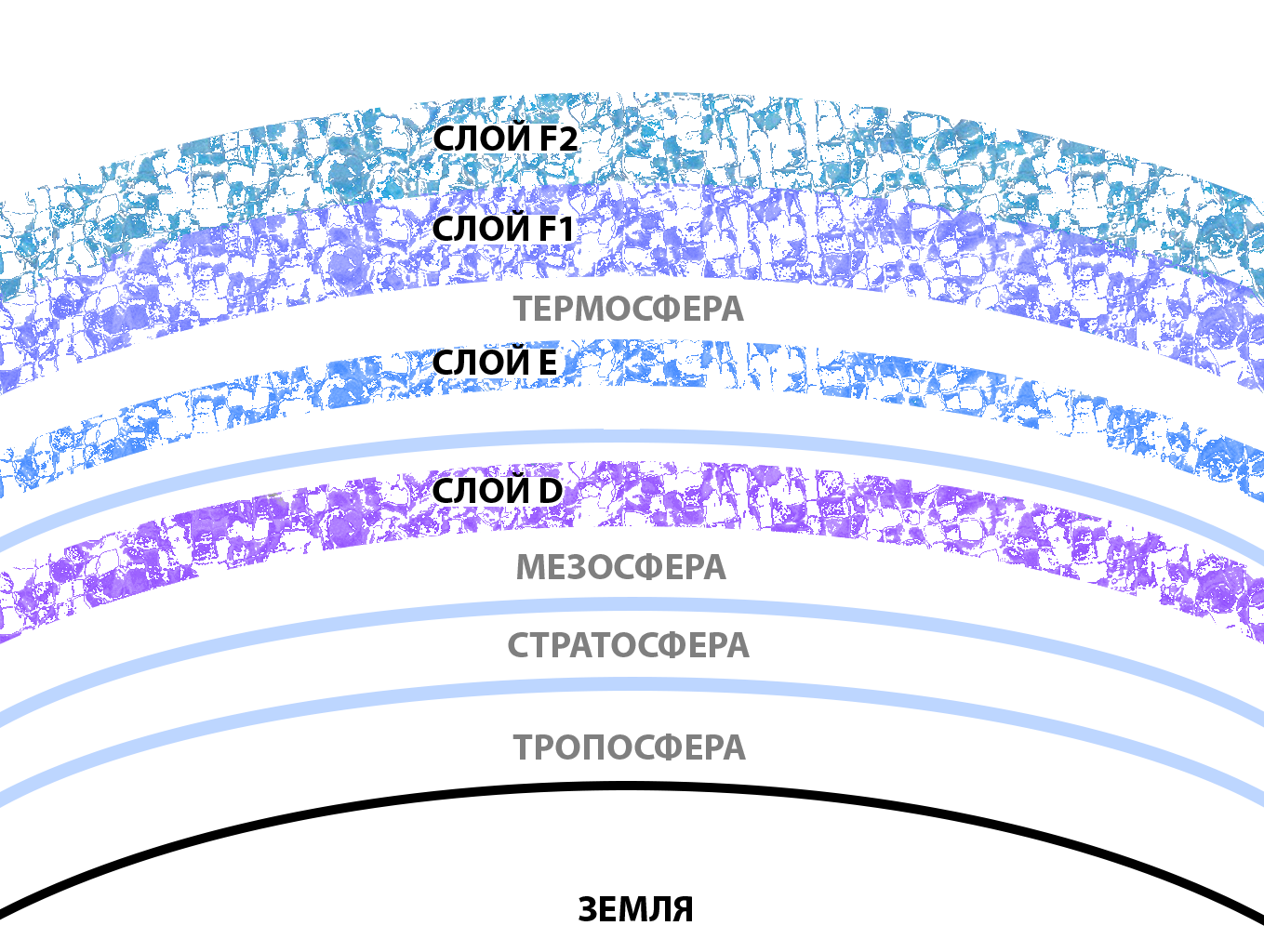
It follows separately to highlight auroral zones (zones of polar color). Stability for the ionosphere is an exception rather than the norm.
During a magnetic storm, the ionosphere undergoes continuous rapid changes. From smooth with pronounced layers it becomes mixed, uneven, sometimes dense, sometimes torn. Radio waves, well reflected under normal conditions, can penetrate the layers or be completely scattered by them, as a result of which the radio connection is disturbed.
Disturbances in the ionosphere are similarly called ionospheric storms. The closer to the zone of auroras, the greater the intensity of ionospheric storms and the more likely radio communication is to be disturbed, and in the zone of the poles themselves generally particles from the upper layers of the ionosphere can penetrate below, it is here and thus that the sporadic sublayer E(s) originates. Especially these problems concern the polar stations, which make it almost impossible to maintain communication for many days in a row.
Sometimes, when the aurora descends into the middle and lower latitudes, an additional ionized layer may appear, called the aurora layer. And when layer D reaches the lower edges of very bright auroras, there is a region of abnormally strong absorption of radio waves.
Influence of the ionosphere by radio waves of different ranges
So how exactly does the ionosphere affects the propagation of radio waves? Let's start with two definitions:
Surface radio waves — radio waves, spreading along the earth. Able to bend some obstacles and to some extent bend the Earth's surface thanks to the phenomena of diffraction and refraction. The propagation speed, and therefore the communication, depends on the range, the power of a signal, the antenna and its efficiency, as well as on the surface area. The ionosphere does not affect them in any way.
The higher the range, the greater the distance they cover, for example, communication with such a wave at a range of 160 meters is possible at a distance of a maximum of 100 km, at 10 meters 50 km. For UHF ranges like this it is generally always necessary either line of sight between transmitter and receiver or a very close distance.
Extraterrestrial or ionospheric – these are radio waves, propagating around the Earth with the help of the reflection from the ionosphere and the Earth's surface. Markoni caught them by accident. Depending on the range in propagation there are differences:
Very Long Waves/Very Low Frequencies (VLF) (100000-10000 m, 3-30 kHz) and Long Waves/Low Frequencies (LF) (10000-1000 m, 30-300 kHz). The distance between the Earth's surface and the ionosphere, for them, appears as a giant waveguide, along which they propagate undisturbed as a wave bend along the Earth's surface. As in ordinary waveguides, there are optimal waves (25–35 km), the propagation of which occurs with a small attenuation, as well as critical (100 km).
Medium Waves/Medium Frequencies (MF) (1000-100 m, 300 kHz-3 MHz). Well reflected by layer E, but absorbed by layer D during the day.
Short Waves/High Frequencies (HF) (100-10 m, 3-30 MHz). They are reflected by the ionosphere like medium waves, but do not depend on the time of the day. They can repeatedly "bounce" from the ionosphere back to the Earth, from the Earth to the ionosphere, etc. Spreading over many thousands of kilometers. This phenomena is called accordingly – skywave or skip.
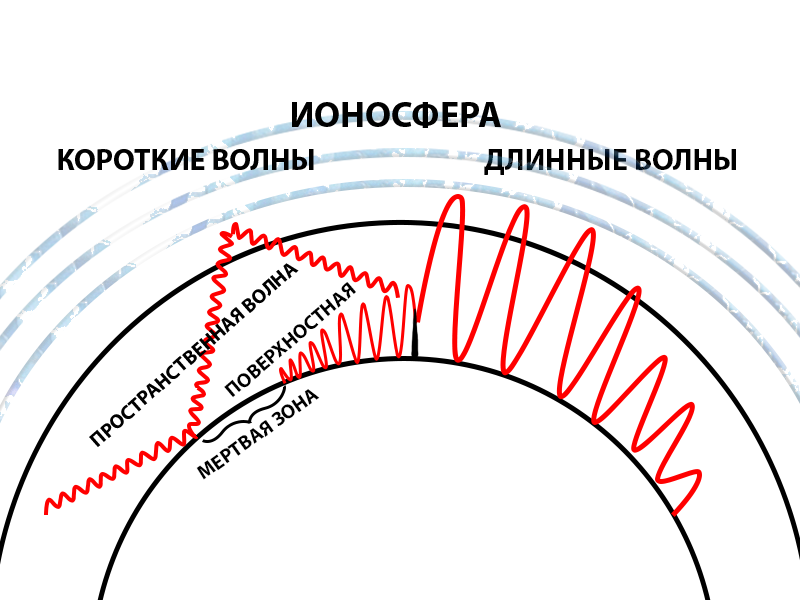
Ultrashort Waves/Very High Frequency (VHF) (10-0.1 mm, 30 MHz-3 THz). Again, they propagate within the line of sight, while passing through the ionosphere and are not reflected from it.
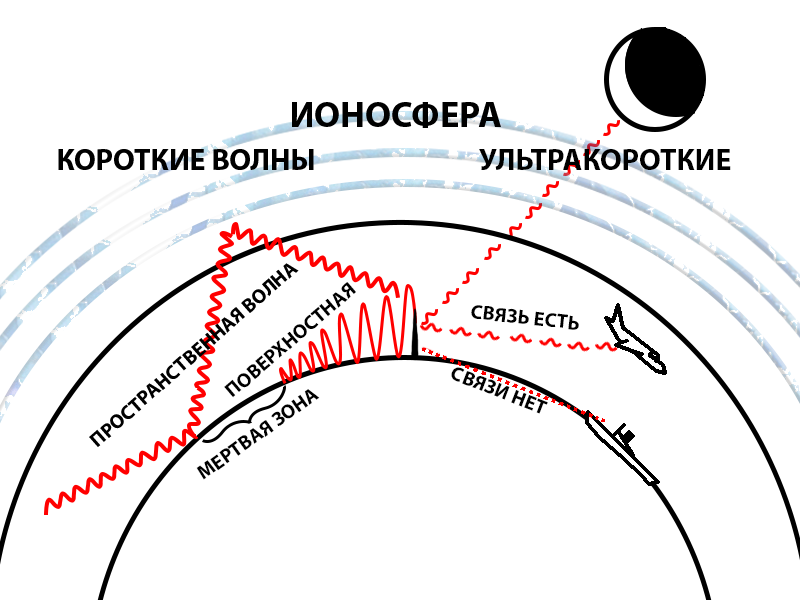
This feature doen't let operators to communicate with objects far away or just beyond the horizon by reflection from the ionosphere but it allows information exchange with satellites and spacecraft in orbit, where signals of longer ranges are not able to reach.

